
Heka, the God of Magic and Medicine
Magic from Egypt
Arab magicians, whose roots were in the valley of the Nile in Egypt, the “cradle of magic,” are responsible for many of the magic traditions in Europe and the West.
The Kabala says that of the ten parts of magic that the Earth got, nine went to Egypt, and the other one went to the rest of the world. In fact, Egypt, where the Nile Valley has rich soil, is often called “The Temple of the World.”
Heka is often translated as “magic,” but it is much more than that. Another translation is “Art of the Mouth,” but a better one might be “magical or meaningful speech.”
Aku was another word for magic. It can also be translated as “enchantments, sorcery, or spells.” Even gods and stars could use the power of the akhu, but it was mostly linked to the blessed dead.
The ancient Egyptians thought that magic was everywhere in the world, so everything in the world has Heka to some degree. Each ancient Egyptian was a magician in his or her own way and used the power that the Netjer gave to people to change reality.
When he made a statue, the sculptor didn’t see it as a way to remember or honour someone. Instead, he saw it as a way to make his model live forever magically. Heka was also used to carve or write hieroglyphics because the power of the written word gives power to what it describes. “When you say the name of the dead, you bring them back to life.” It gives back the name of life to the one who has died.
In Ancient Egypt, all gods (Netjer) and supernatural beings had their own Heka. It was as much a part of them as their bodies and names. The forces of chaos, like the great serpent Apep (Apophis) who lived in the watery abyss called Nun, also had their own Heka, just like the Netjer did.
Egyptian kings were born with Heka, and the dead were given a certain amount of Heka. It is said that Tehuty (Thoth) has the most Heka of all the Netjer.
Heka is represented by the male Netjer named Heka, who is often shown as a person, sometimes with his name written on his head.
Table of Contents
In Ancient Egypt, Heka was the God of Magic and Medicine.
He was also a stand-in for magic. He is likely the most important God in Egyptian mythology. But he is often forgotten because he was so common that Egyptologists of the 19th and 20th centuries CE almost didn’t notice him.
Ancient people thought that by using Heka, they could affect the world of the gods and get protection, healing, and help. Since Heka was used both in temple ceremonies and everyday life, it’s easy to see why people might think of it as “magic.”
He was usually shown as a man with a magic staff and a knife, which are tools a healer would use.
Heka sometimes shows up as a man with a falcon’s head wearing a sun disc or as a man holding two tangled snakes.
Heka priests were sorcerers from Ancient Egypt who were buried in the pyramids to protect the pharaohs.
Heka is a god, not a goddess.
In ancient Egypt, Heka was the God of Magic and Medicine. He also represented magic itself.
The magic God
Hecate was the main goddess in charge of spells and magic. She saw how Persephone, Demeter’s daughter, was taken to the underworld, and she helped look for her with a torch. So, pillars called Hecataea were put at doorways and crossroads, possibly to keep evil spirits away.
Heka was the God of magic and of the art of using magic.
In order to do Heka, a magician-priest or priest-physician would call on Heka.
The God was known during the Predynastic period (about 6000 to 3150 BCE), grew during the Early Dynastic period (about 3150 to 2613 BCE), and is mentioned in the Pyramid Texts of the Old Kingdom (about 2613 to 2181 BCE), and the Coffin Texts from the First Intermediate Period (2181-2040 BCE).
Heka’s temple never existed, a cult or formal worship because he was so all-powerful that he was a part of everything in Egyptian life.
Heka was thought to be the force behind both the visible and invisible worlds, just like Ma’at, who had never had a temple or cult.
Balance and harmony were the most important things to the Egyptians.
At the same time, Heka was the power that made balance, harmony, and everything else possible.
Heka claims this power in the Coffin Texts, saying, “The universe belonged to me before you gods were made. You’ve come later because I’m Heka.”
After the world was made, Heka kept it going by giving the gods their powers.
Even the gods were afraid of him, and Egyptologists said that “he was seen as a god with unimaginable power.”
This power was clear in everyday life: the gods made the world work, and Heka helped the gods do their jobs.
Priests in temple cults knew this, but their job was to honour and care for their particular God and ensure that the people and God had a good relationship.
Since Heka was already part of the power of the God they served, the priests and priestesses didn’t have to call on him directly.
The God Heka is the oldest
- Heka was one of ancient Egypt’s oldest and most important gods. He was the God of Magic and Medicine for healing. And he was also the universe’s first source of power.
- Religions used magic by proving what people already knew about the gods and how the world worked.
- The rituals of the temple were “predominantly aimed at maintenance and stability”.
Priests’ main job seems to have stayed the same: they kept the temple and sanctuary areas clean.
- Conducted cultic rituals and observances and performed great festival ceremonies for the public.
As faith protectors, they were also expected to be able to show how powerful their God was against people from any other country.
- The priest was the link between the people and the gods, but people could talk to the gods on a daily basis through their own practises.
Egyptian language:
The name means “magic” in Egyptian. According to ancient Egyptian writings, Heka was around “before duality existed.” The word “Heka” was also used to talk about how magic was done.
In the West, the word “magic” is often used to describe practices that have nothing to do with religion and are used for selfish, sinful, or limited goals.
So, Egyptologists have also had difficulty explaining how “magic” was used in both religious and everyday life in ancient Egypt.
There was no difference between every day and religion in ancient Egypt, so that’s not a problem. To them, everything had to do with the gods, and the word “religion” didn’t even exist.
The word “magic” comes from the Coptic word “hik,” which was the same as the Greek and Latin words “mageia” and “magia.” These words meant “illegal sorcery,” which is where the problem starts.
The Coptic Hik came from the pre-Christian, Pharaonic hq3, which was called Heka and had nothing bad or wrong about it.
Instead, it was a divine force that even the gods had to use to get their power.
Heka was the God of magic and of the art of using magic.
In order to do Heka, a magician-priest or priest-physician would call on Heka.
The God was known during the predynastic period (about 6000 to 3150 BCE), grew during the Early Dynastic period (about 3150 to 2613 BCE), and is mentioned in the Pyramid Texts of the Old Kingdom (about 2613 to 2181 BCE) together with the First Intermediate Period Coffin Texts (2181-2040 BCE).
The God of Magic and Medicine
Heka was the God of Magic and Medicine, and for a good reason: doctors thought both were just as important.
One type of doctor was called a “general practitioner,” or “swnw,” and another was called a “magical practitioner,” or “sau.” Their names showed what they were good at, but both used magic.
The Per-Ankh, or “The House of Life,” was where doctors worked. It was a part of a temple where medical texts were written, copied, studied, and talked about.
Ancient Egyptian medical texts include spells and what we call “practical measures” for treating illness and injury today.
Throughout Egypt’s history, people thought that disease came from the gods, even though the architect Imhotep (circa 2667–2600 BCE) had written medical treatises that said the disease could happen naturally and wasn’t always a punishment from the gods.
In Ancient Egypt, Heka was made up of four parts:
- Heka is the primordial power that gave the creator-god his power at the start of time “before duality had yet come into being.”
- Rw – holy books.
- Seshaw: Rituals or treatments that use magic.
- Pekhret – prescriptions for medicine.
Heka and Hu, the principle of Divine Utterance, did things together. Hu and Sia (divine omniscience) were all needed for the Old Kingdom King to be creative.
Morenz calls this “the expression of divine creativity through thought and speech.” This was shown by the cobra on the king’s forehead, which could be called Weret-Hekau, which means “the Goddess with a lot of Heka power.”
The priest-physician-magician would carefully look at a patient and ask questions to determine what was wrong.
Then, he or she would call on whichever God seemed most likely to help. The disease upset the natural order. Unlike the temple priest, who kept people’s faith in the gods alive through rituals, the doctor had to deal with powerful and unpredictable forces that had to be called upon and controlled with skill.
Even in small towns and villages, doctors were expensive, so people often went to someone who had worked with a doctor or had learned something about medicine in some other way.
Most of the time, these people seem to have broken bones or given herbal remedies, but they wouldn’t have been allowed to cast a healing spell.
That would have been the official view on the subject, but it seems that some people who weren’t doctors still did some kind of medicine using magic.
Heka was both an ancient Egyptian god and what people did when they did Heka.
It might be better to call it “Life Force in Action”.
” Today, the word “magic” means something different than what the Ancient Egyptians meant when they used the word “Heka.”
The word didn’t mean anything in and of itself, but it could be used to lead someone to the centre of cult and creation in order to restore the Cosmic Order and Balance when something went wrong.
So, it was just as much or more of a prayer when people used it. Several gods were linked to this idea. One of Aset’s names was Weret-Hekau, which means “Great of Magic.” The same name was also used for Sekhmet.
Heka was neither good nor bad in and of itself, so it was neutral.
They never split Heka into “black magic” and “white magic” like Christians and other cultures did.
Heka wasn’t just something Egyptians could use, either. Other people and even Egypt’s enemies could use it but in their ways.
Heka wasn’t just something that gods did with and from. People also have a life force, so they can use Heka to connect with the Divine.
Ancient people thought that by using Heka, they could affect the world of the gods and get protection, healing, and help.
Since Heka was used both in temple ceremonies and everyday life, it’s easy to see why people might think of it as “magic.”
But it had nothing to do with calling up ghosts or other supernatural things.
– It was a way of addressing oneself to the Divine in any of Its many things.
Healing and the Heka
So, all parts had to be present to heal any illness.
From Egyptian texts, we know that religious beliefs and cult practices were very close to medical practices.
In ancient Egypt, these practises and religious rituals were inseparably linked, making a completely integrated therapy or treatment.
Heka, Late Period
The Egyptian way of life and death was based on the idea of Heka
- Ritual tools were used to help the dead get to the afterlife safely, but Heka was the thing that actually did the job.
- Heka kept evil spirits and demons away from Ra on his daily journey across the sky.
- Heka wasn’t worshipped formally, but doctors and other healers were called “priests of Heka” and often asked for his help.
- He was usually shown as a man with a magic staff and a knife, which are tools a healer would use.
- Heka sometimes shows up as a man with a falcon’s head wearing a sun disc or holding two tangled snakes.
- He is linked to a symbol for a medicine called the “caduceus,” which is a staff with wings and two snakes wrapped around it.
Heka, unlike the well-known gods Osiris and Isis, did not have a cult, a ritual, or a temple.
He is mostly talked about in medical texts, spells, and incantations. Because of this, he was put in the category of superstition instead of religion.
Even though his name isn’t mentioned in the best-known myths, Ancient Egyptians thought of him as the force behind the gods whose names and stories have come to stand for Egyptian culture. He was the God of Magic and Medicine for them.
Magic was thought to have been there at the beginning of creation and was the driving force behind it.
Because of this, Heka is one of Egypt’s oldest gods. He was known as early as the Predynastic Period (about 6000–3150 BCE) and was written about in the Early Dynastic Period.
The symbol of Heka
- In human-like form, he was shown as a man wearing a royal dress and carrying a staff with two snakes wrapped around it.
- His beard was curved like the gods’, and he wore a royal robe.
- This symbol was first linked to Sumer’s healing god, Ninazu, the son of the goddess Gula. It was then taken up by Heka and taken to Greece, where it was linked to their healing God, Asclepius. Today, the caduceus is a symbol of the medical field.
- Heka is also sometimes shown as the two gods who are closest to him, Sia and Hu. Starting in the Late Period (525-332 BCE), he is shown as a child and thought to be Menhet and Khnum’s son. He is part of Latopolis’s “triad.”
Esna Temple
Every night when the sun went down, the sun god’s ship went down into the underworld, where the snake Apophis tried to kill it.
People say Heka was one of the gods who stayed on the ship all night to protect it from Apophis and try to kill him.
In some myths, he is also said to protect Osiris in the underworld. He would have also been there when Isis and Nephthys used spells and incantations to restore Osiris to life after his death.
So, Heka was the one who protected and cared for people, the gods they worshipped, and the world and universe they all lived in.
He was a part of the meat in this way. The harmony and balance that made the universe work the way it did was the most important thing to the Egyptians.
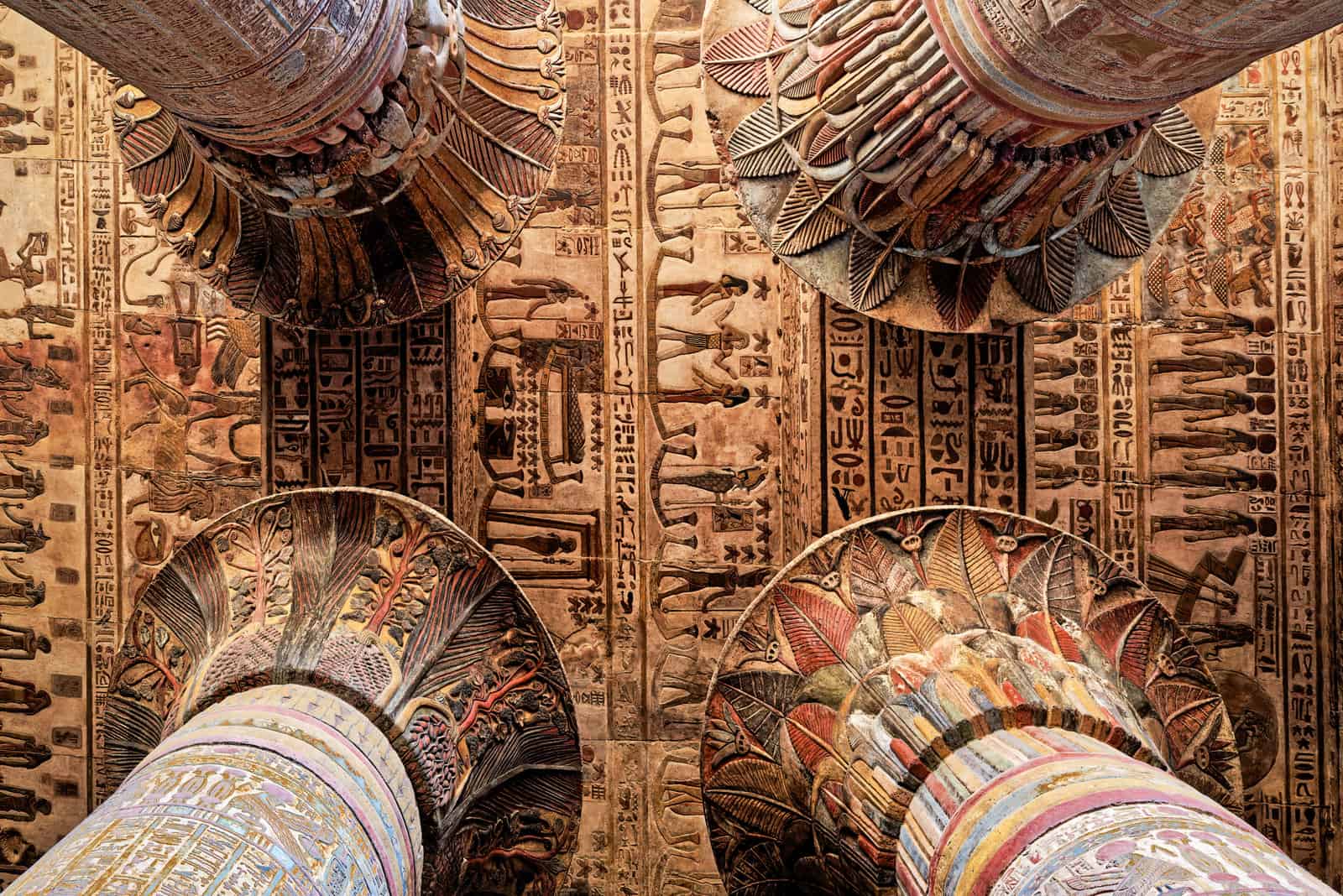
Heka, Sia, & Hu
Heka was linked to the creative parts of the heart and tongue as early as the Early Dynastic Period and grew during the Old Kingdom of Egypt (around 2613–2181 BCE).
People thought that the heart was where a person’s personality, thoughts, and feelings lived, while the tongue was where these things came out.
- Sia was the heart, Hu was the tongue, and Heka was the power that ran through both.
Geraldine Pinch, an Egyptologist, explains:
Deities were sometimes thought to be the creator’s mental abilities that allowed him or her to make himself or herself and other beings.
- Sia, Hu, and Heka were the most important of these gods. Sia was the power of insight or perception, which let the creator see other forms.
- Hu was the power of speaking with authority, which allowed the creator to make things happen by naming them. In Coffin Texts spell 335, it says that Hu and Sia are with their “father”, Atum, daily.
- Heka was the power that made the creator’s thoughts and commands come true.
Heka is described in the Old Kingdom Pyramid Texts as a supernatural power that the gods have.
To get this magic power, the “cannibal pharaoh” must eat other gods.
Heka eventually made his own God, and a group of people who worshipped him grew.
By the time the Coffin Texts were written, it was said that Atum made Heka at the beginning of time.
Heka is later shown as part of the scene on the divine solar barge as a guardian of Osiris who can make crocodiles go blind.
Then, during the Ptolemaic dynasty, Heka’s job was to hold the pharaoh in his arms and announce that he was now on the throne as a son of Isis.
Heka also appears in Esna, the capital of the Third Nome, as the son of Khnum, who has a ram’s head, and a series of goddesses.
People said his mother was either Nebetu’u (a form of Hathor), the lion-headed God Menhit, or the cow goddess Mehetweret. Finally, it was decided that his mother was the war and mother goddess Neith, and they considered him the God of Magic and Medicine.
Hu, Sia, and Werethekau, whose name means “she who has great magic,” are also gods linked to Heka’s power.
There are problems with the magic in The Egyptian Book of the Dead:
- The text uses different words that mean “magic,” because the Egyptians thought it was okay to believe in magic.
- Heka magic is many things, but speech and the word’s power are at its heart.
- In the world of Egyptian magic, actions and words didn’t always say the same thing; sometimes, they were the same thing.
- The idea of Heka is that thought, action, image, and power are all tied together.
- Heka was one of Ancient Egypt’s oldest and most important gods.
As we mansion, he was the God of Magic and Medicine and the universe’s first power source.
He existed before the gods and was there when the world was made, but in later myths, he is seen as the son of Menhet and Khnum and a member of the triad of Latopolis.
He is shown as a man with a staff and a knife. Doctors were called “Priests of Heka.”
In Ancient Egypt, magic was a big part of medicine, so Heka became a significant god for doctors.
He was said to have killed two snakes and tied them together on a stick to show how powerful he was.
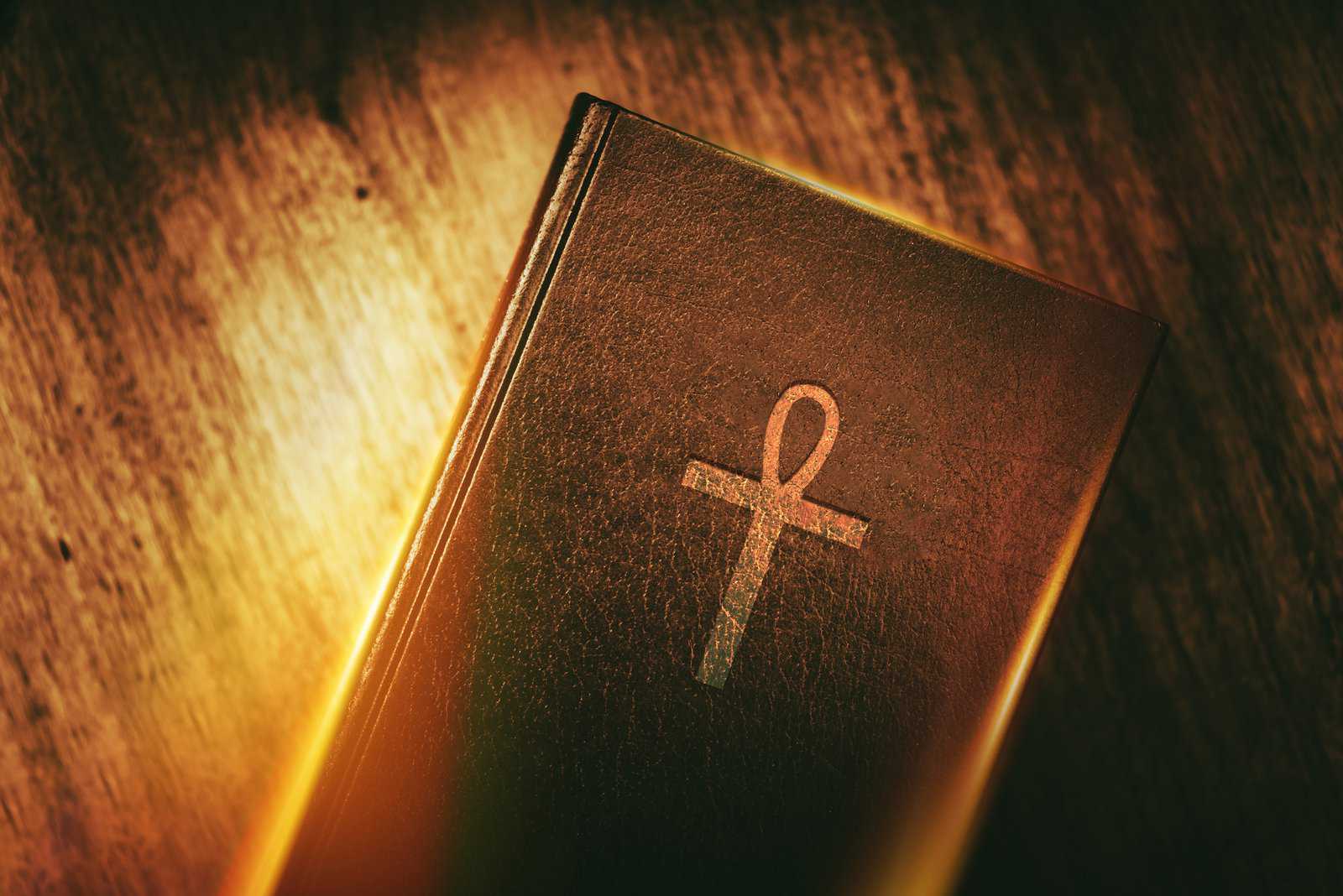
Heka: Egypt’s magic in the past
All religions have a magical side, even old ones like Egypt’s, which says that everything in the world is alive, maybe more so than in many others.
The world was made and kept going with the help of magic. So, magic was older and stronger than the gods because it had been around longer.
It was also a fantastic way to learn about one’s environment, especially the hidden parts of it, and gain control over it.
People could beg, bribe, or threaten gods, demons, and the dead. You could ask for their help to avoid bad things or get what you want.
Egypt’s ideas about magic kept having an effect on Europe. The Greeks thought that Thoth, the God of knowledge and wisdom, was the same as Hermes.
Similar to how Heka, Sia, and Hu helped the gods make the world in the first place, they also helped people think, feel, and talk.
People did this in several ways, including by using magic. There was magic involved in every part of ancient Egyptian life.
Finally, Ra and Heka
Heka, the patron deity of sorcerers and doctors, this deity represented the paranormal and the miraculous.
In doing so, He protected Ra from the various beasts that threatened his life as he traveled across the sky every day, otherwise having blocked the path of Ra’s boat as it made its way toward the setting sun.
When ordinary people’s prayers to other deities fell on deaf ears, they began turning to him. His followers in the medical community were dubbed “priests of Heka.”
His regalia consisted of two snakes, which the Bible describes as being carried by Egyptian sorcerers at royal courts. The snake remains the modern emblem of the medical profession.
If you enjoyed this content why not dive into some more historical eras – check out these articles: Ancient Rome, Ancient Egyptians – The First Woman Pharaoh, Greek Mythology – Medusa, Native American History. Victorian Era, Ibn Khaldun or Celts.
Why not subscribe to our LearningMole Library for as little as £1.99 per month to access over 1000 fun educational videos.

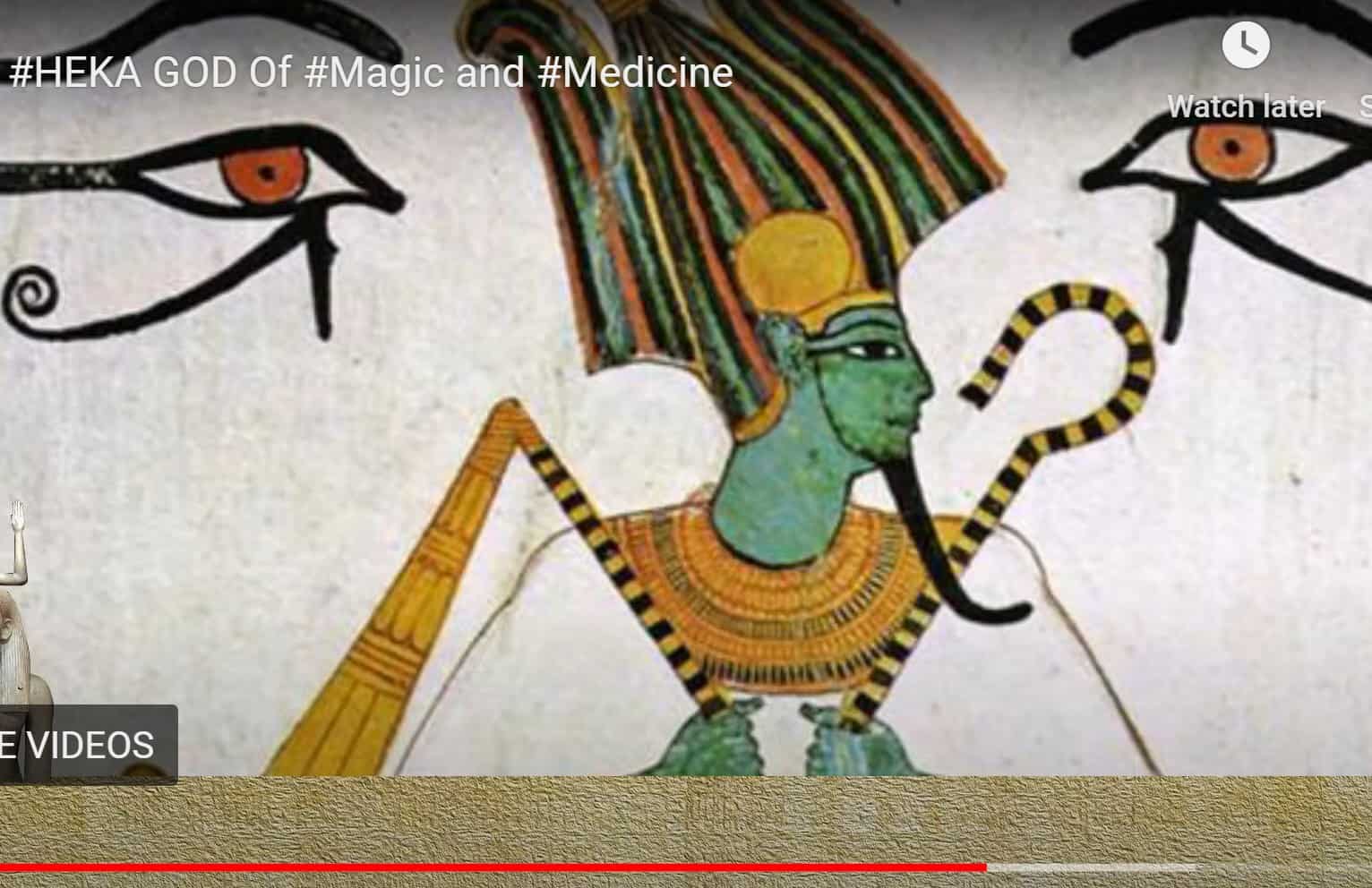
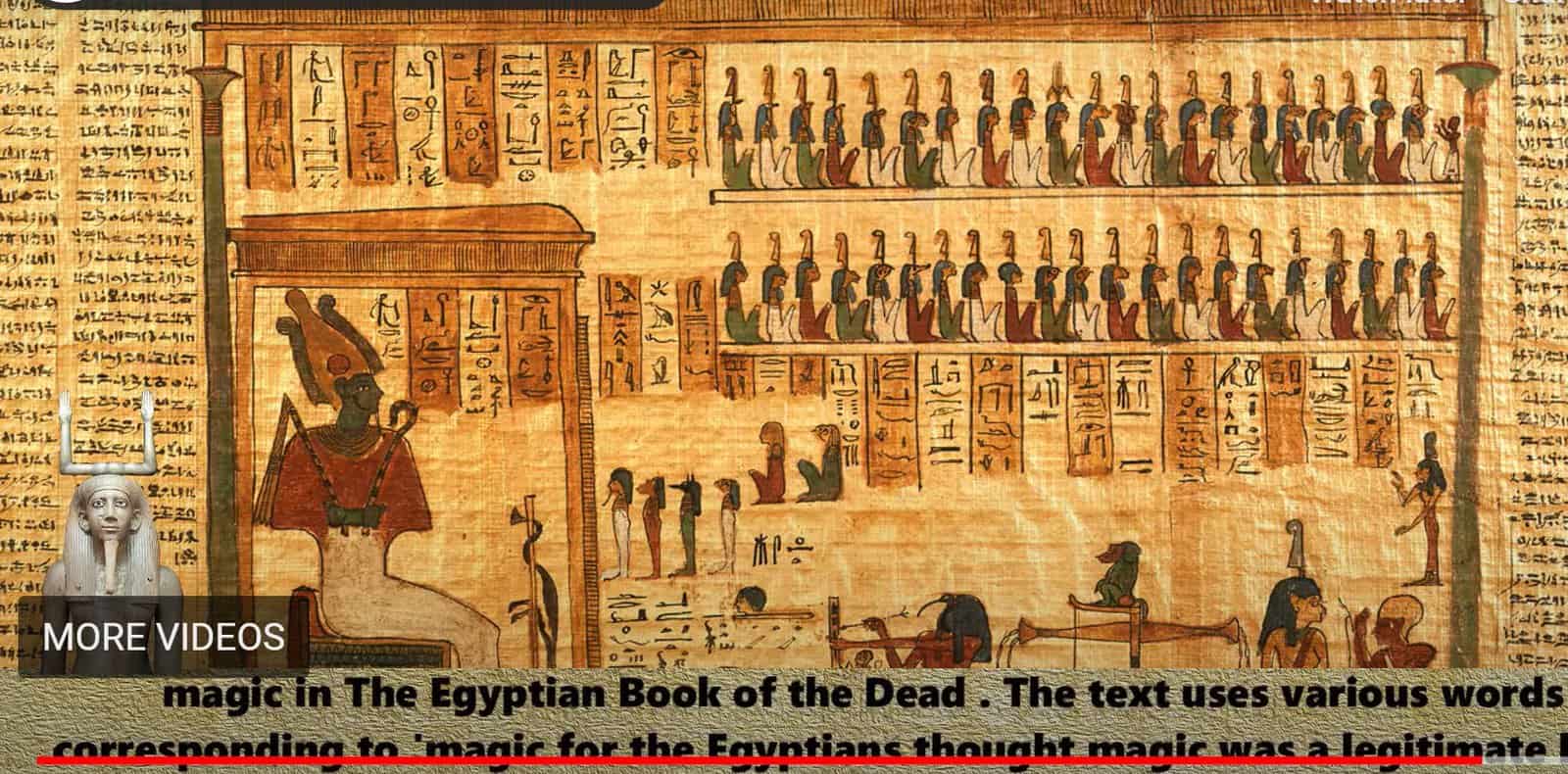
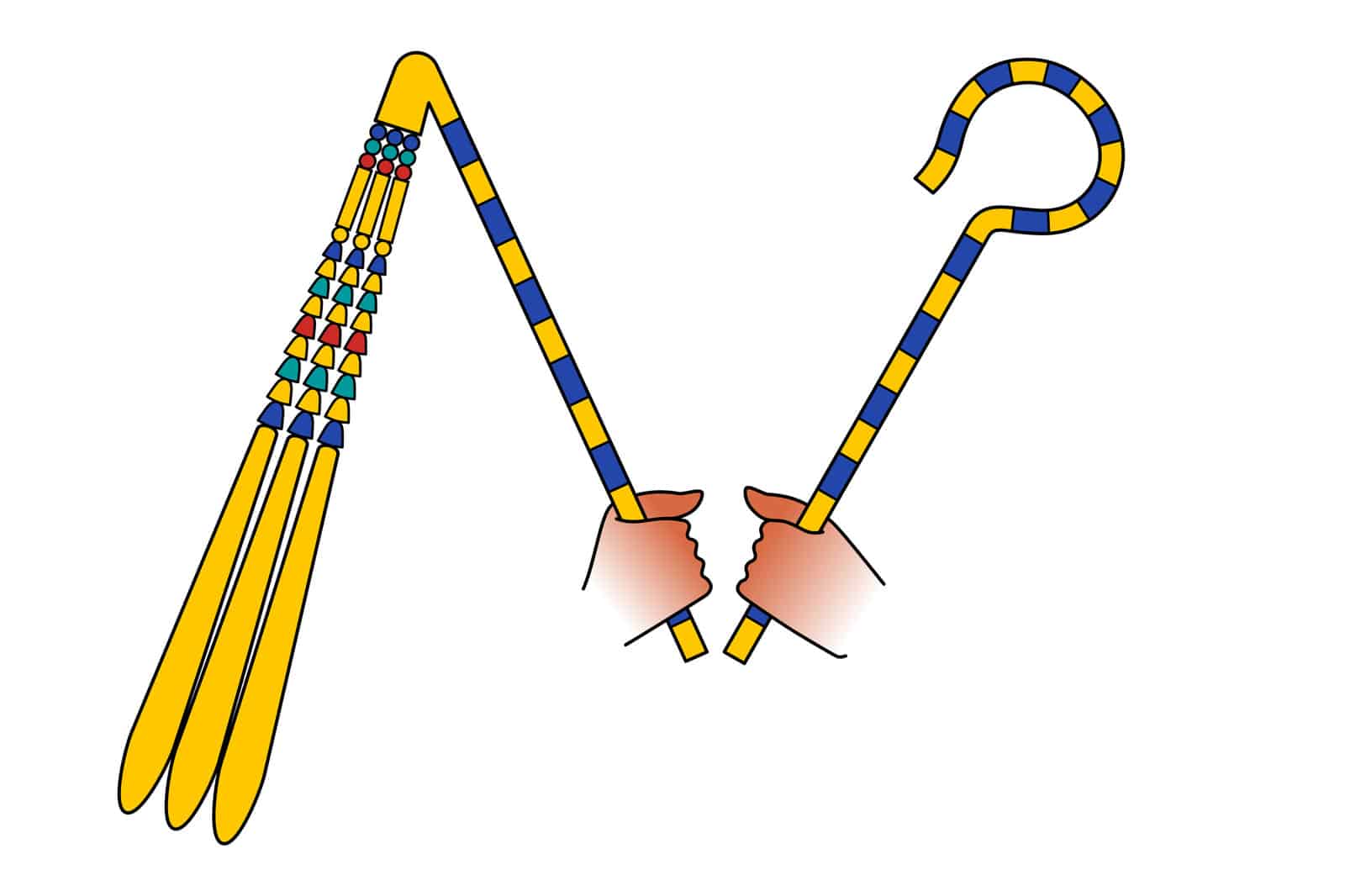


Leave a Reply